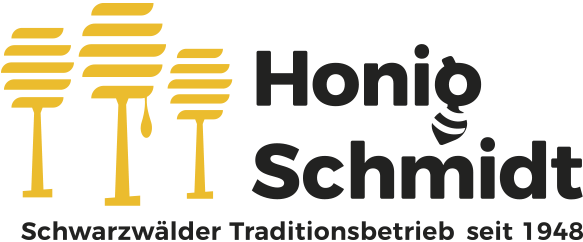If you put a nice glass of honey on your breakfast table, you will not only find that the honey on the breakfast roll is super tasty, but that the honey also has one or the other special feature to offer visually.
How honey is produced and what honey is made of is certainly no longer a big secret for most. But if honey is always obtained from pollen, why do the honey varieties not only taste different, but also look partly different? This is, of course, always due to the honey blossoms collected by the bees and stored in the honeycombs. And since the bees have different collection areas, for example on meadows or in forests, the honey varieties differ not only in taste but also in appearance. This means that the different types of honey also shine in different honey yellow tones.
But quite apart from the different shades in the honey glasses, there are also honey varieties in which small crystals form after some time. This crystal formation is due to the high proportion of glucose in the honey, which crystallizes after a certain period of time. By the way, such honey blossom crystals say nothing about the quality of the honey, except that it still has enough valuable ingredients, because it was gently bottled, not too often stirring.
Incidentally, this crystal formation is also very often found in honey, which contains a lot of dew honey. With this honey, which looks a bit strange but tastes even more delicious, often even two layers are created in the glass, in which the lower layer is firm and crystallized, while the upper layer is still liquid.


